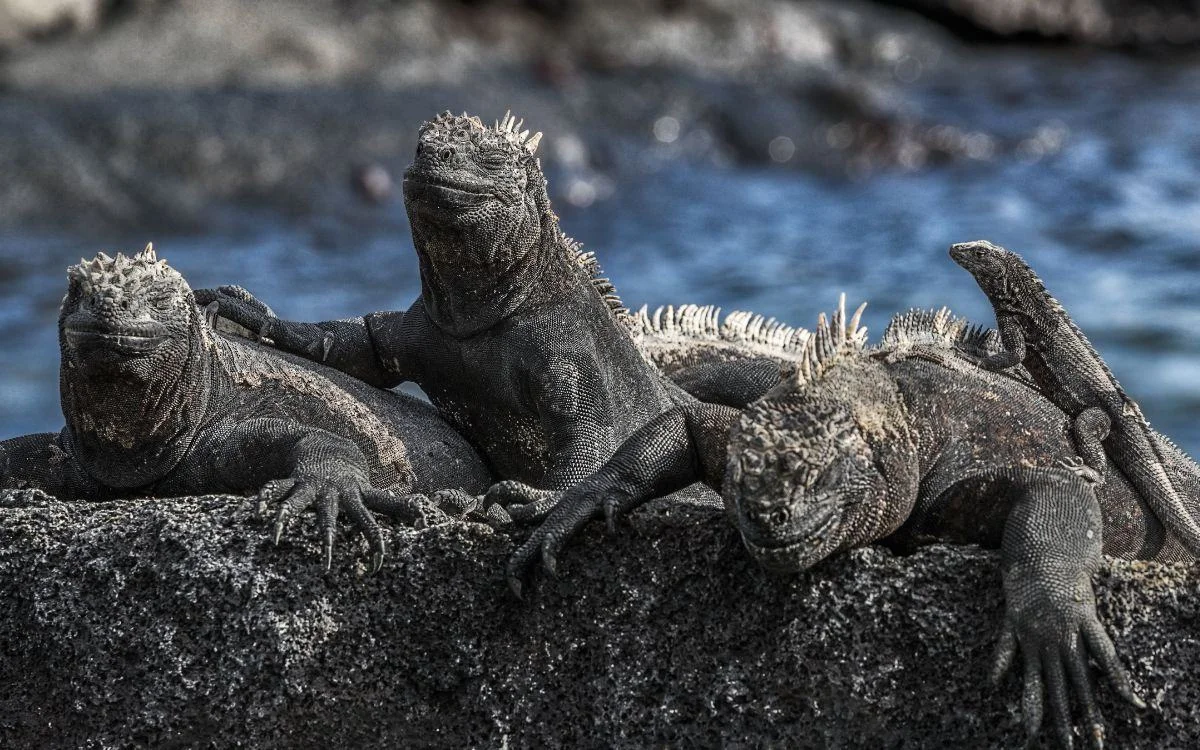
Fernandina: The Galapagos Island Untouched by Time | Travel News
A Volcanic Wilderness Like No Other
Nestled in the far western corner of the Galápagos, Fernandina Island has an untouchable feel. I’ve been a lot of wild places, but none have ever felt as wild as this volcanic stronghold that has never allowed any invasive species to gain a foothold. Unlike the busy Santa Cruz or the progressing and transitioning Isabela, Fernandina is clean and pure, untouched, a museum piece frozen in time.
Nature’s Fortress: Protected by Fire
Fernandina is special because of the forces that shape it. The La Cumbre volcano erupts about every four or five years producing lava flows, gases, and harsh and rugged terrain that keep everyone else out. Many invasive species are held back by the inhospitable conditions while undeniably native spiders, the island’s black marine iguanas, and local colonies of flightless cormorants flourish at the expense of nothing else.
Strict Access Means True Exclusivity
Fernandina is no quick trip. There is one landing permit site, Punta Espinoza. We inspected every bit of gear each person brought ashore for foreign materials. There is no day use, no just landing on Fernandina, you can only step foot on the island through the selective cruise process. You will certainly see fewer people, and enjoy a more authentic experience.
A Living Laboratory of Evolution
For scientists, Fernandina Island offers a neat control group, perhaps the only window into what the Galápagos looked like before humans arrived. For travelers, Fernandina represents a form of pure power, a snapshot of evolution still underway—as it was designed and intended.
Why Fernandina is Different
Experience Fernandina do not just check another Galápagos island off the list. Experience Fernandina is to edge beyond what feels both ancient and alive, protected by volcanic fire—not halted or stopped but preserved by nature’s sovereignty. If you are looking for wilderness, this is the closest you'll get.
Frequently Asked Questions about visiting Fernandina
Why do invasive species survive here?
Due to a combination of harsh volcanic terrain, geographic isolation and strict entry protocols – the introduction of invasive species is not easy to achieve. More importantly, many native species on Galápagos have evolved to do exceptionally well in these harsh conditions and remain unaffected by invasive species.
How does Fernandina compare to other islands I will visit in Galápagos?
Unlike Santa Cruz or San Cristóbal, Fernandina has no human settlement, no invasive species and the most active volcanic landscape in the Galápagos.
What is the best time of year to visit?
The best weather is during the dry (June – December) season; usually the terrain will clear the volcanic landscape and there is usually a spike in wildlife activity corresponding to the weather. It will be hottest during September-December but this time of year is usually the most comfortable time to experience and explore everything Fernandina offers!


